Soft architecture at the Summer Exhibition
This year’s Architecture Room at the Royal Academy’s Summer Exhibition is curated by Peter Barber, an architect known for creative density & use of brick. Amongst the works he has curated, however, are numerous soft moments, suggesting that behind the rigidity of architectural design & form there is a more fluid, malleable way of thinking.
The Architecture Room at the Royal Academy’s Summer
Exhibition is always a little different to the rest of the crammed exhibition.
In every other gallery, salon-hang artworks of mixed subject, media – and
quality – present the impression of the largest village fete art show, a large
number of the works created by amateur artists. Architecture, however, is
rarely now practiced by amateurs, and the room dedicated to the making of
buildings has always sat a little separately from the main show.
![]()
A different architect is selected as curator each year, with
the room’s display usually dominated by the work of practicing architects, and
often mainly comprising normal architectural media and representations: models,
sketches, and drawings – in the main work which is a by-product or process of
getting a building designed and maybe built, rather than art for arts sake or
visual exploration. This year, however, in a display overlooked by a boulder column by the late Phyllida Barlow – a tower looking as hard as granite but formed of maleable hessian, paper, plywood and foam –
there is a playful curation which amongst the big-name models and drawings
celebrates a softness of material and design process.
![]()
2023’s Architecture Room is pulled together by Peter Barber, an architect celebrated over recent years for design (model above) dedicated to vernacular, density, and community-focused buildings – usually
using brick. So central is brick to Barber’s work that a visitor to his room
may have gone in expecting it to be dedicated to the building block, but what
is presented has a much softer and more nuanced exploration of materials and
their interconnectedness.
![]()
For an architect so associated with the regularity and hardness of brick, a visitor may have been expecting equal solidity and ruggedness in his exhibition. However, while the end result of designing buildings is often a lump of solidity, built into form and place, it is essentially a soft process of shifting ideas and malleable concepts. To be soft is less predetermined, authoritative, harsh, and iconic – approaches that need to be infused into architectural making and language.
Here are some of the soft highlights of Peter Barber’s 2023 Architecture Room:
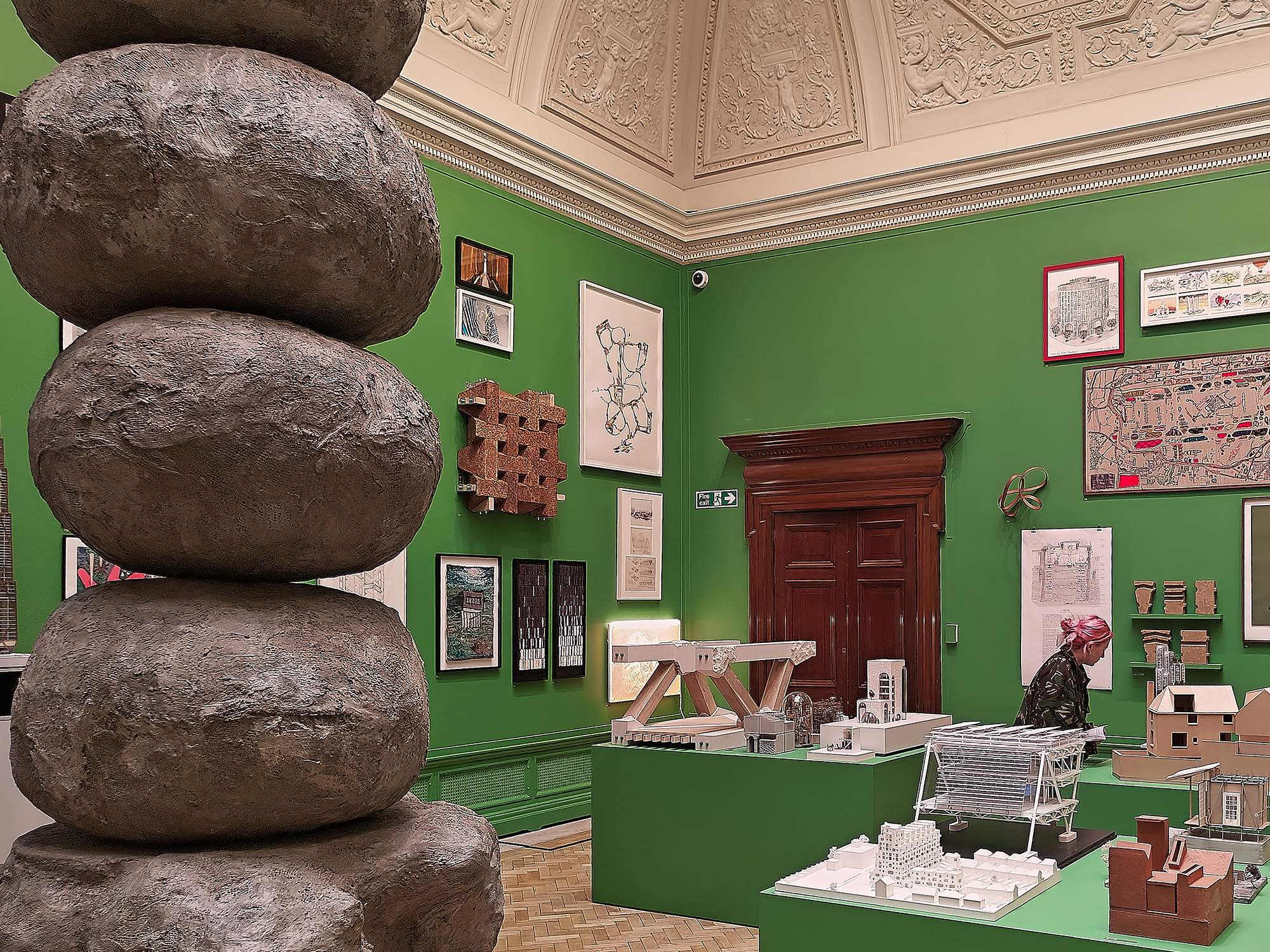

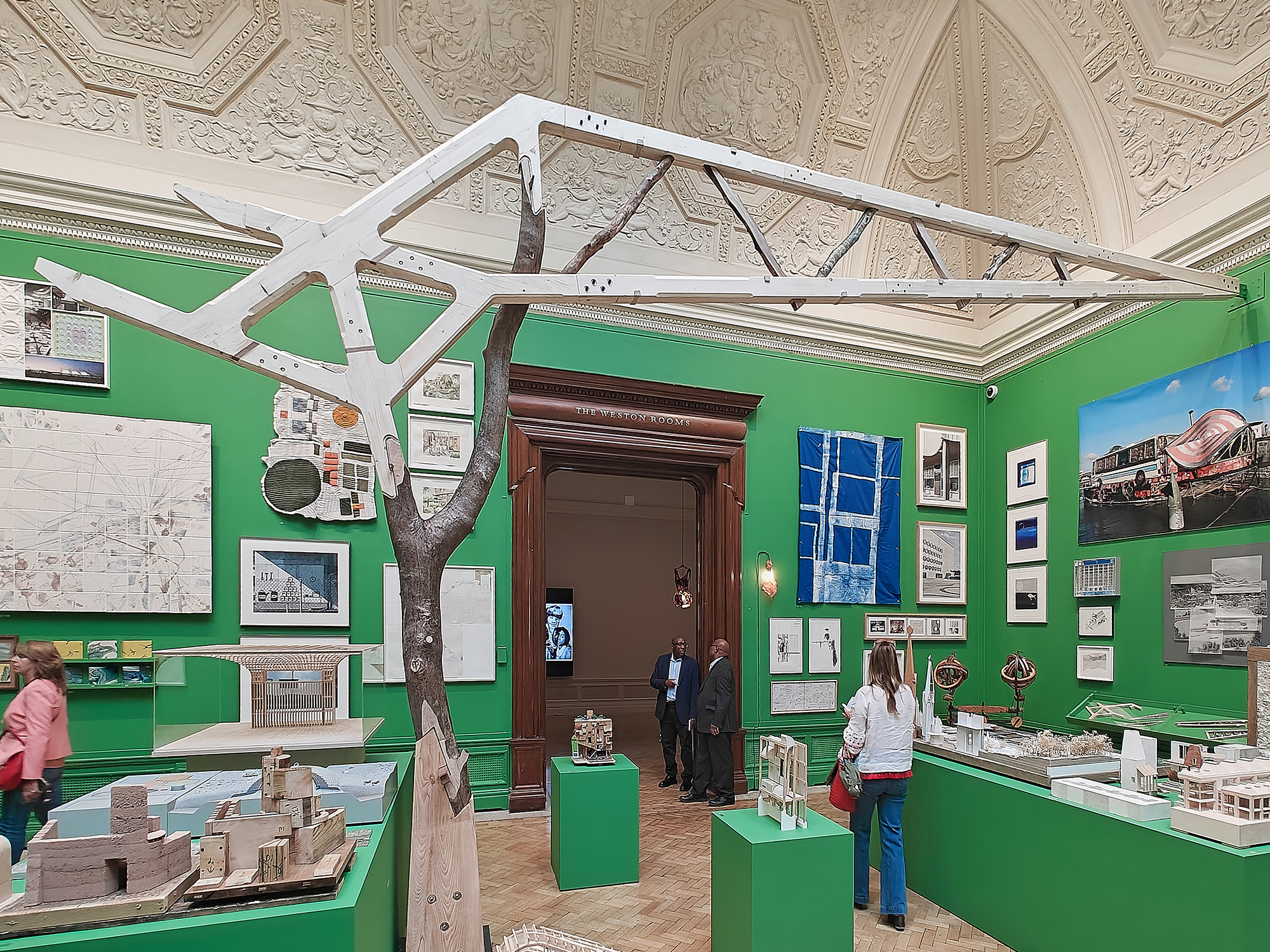
For an architect so associated with the regularity and hardness of brick, a visitor may have been expecting equal solidity and ruggedness in his exhibition. However, while the end result of designing buildings is often a lump of solidity, built into form and place, it is essentially a soft process of shifting ideas and malleable concepts. To be soft is less predetermined, authoritative, harsh, and iconic – approaches that need to be infused into architectural making and language.
Here are some of the soft highlights of Peter Barber’s 2023 Architecture Room:

Quilt City
Anna Russell
Fabric quilt
Anna Russell
Fabric quilt
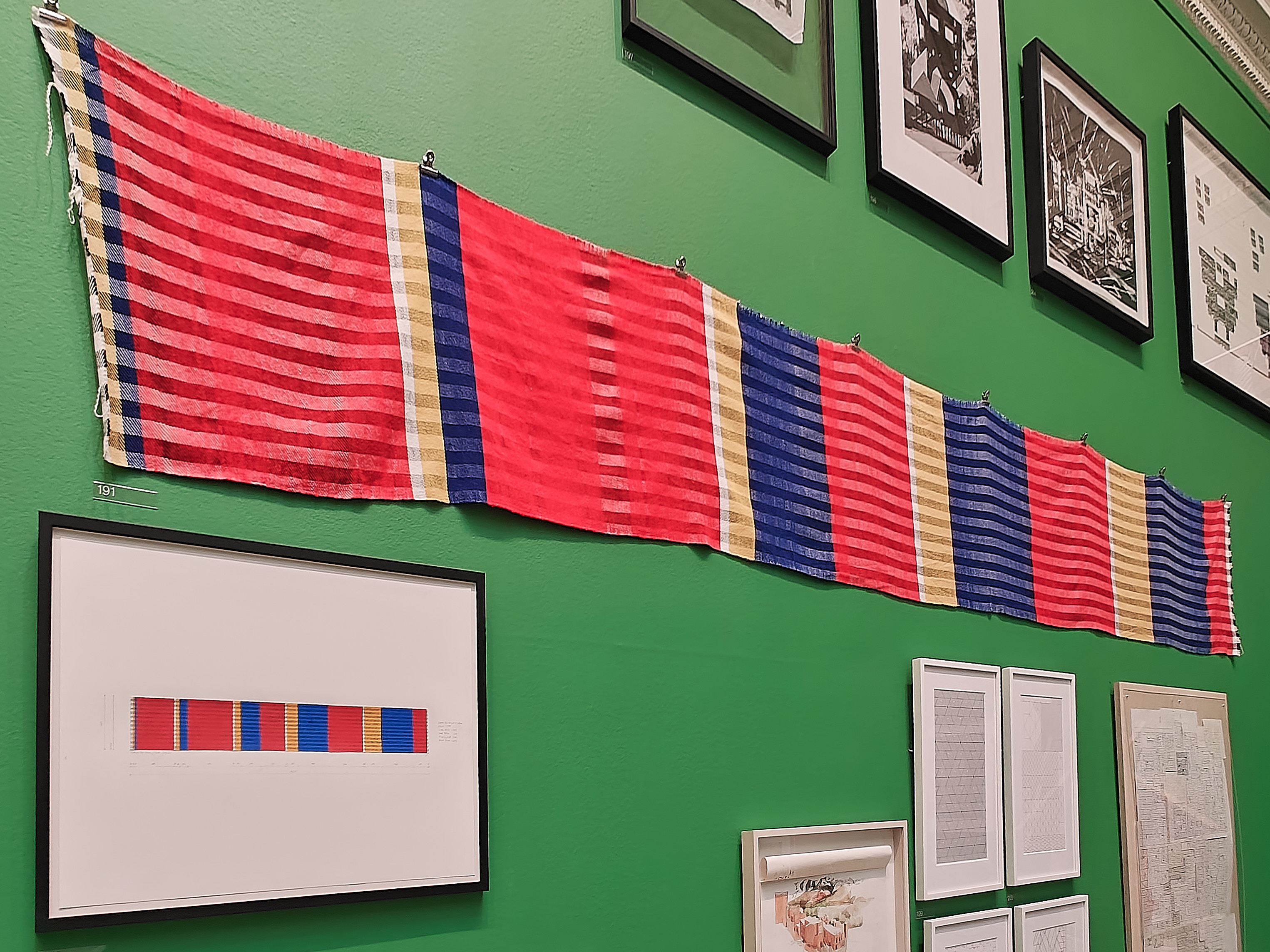
Canning
Dock Tapestry
shedkm
Cotton
shedkm
Cotton
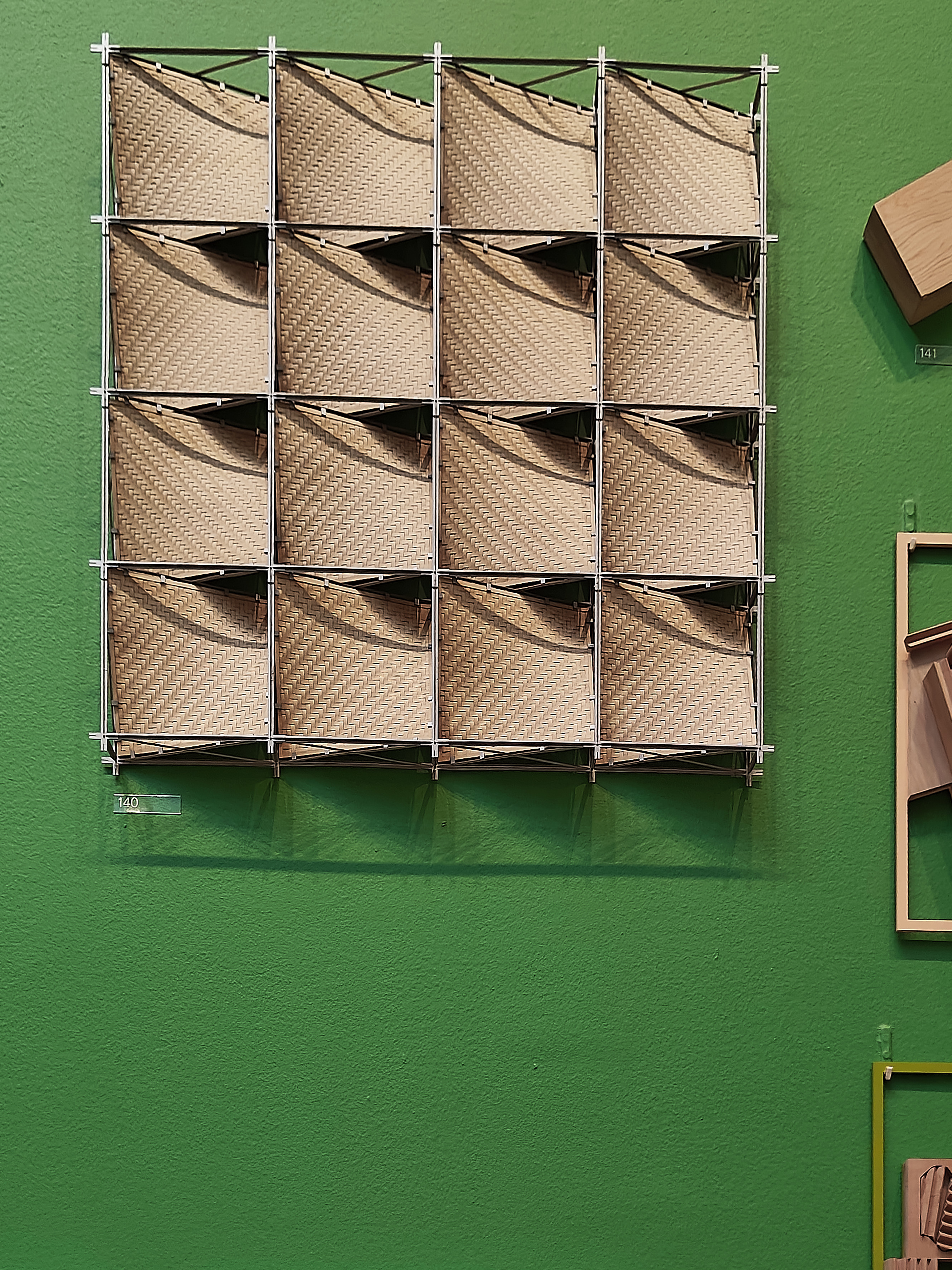
Third
Space Udaipur: Woven cane sunshades, continuous maintenance by a weaver more
economical, socially beneficial, and lower carbon than more durable aluminium
panels
Webb Yates Engineers
Card
Webb Yates Engineers
Card
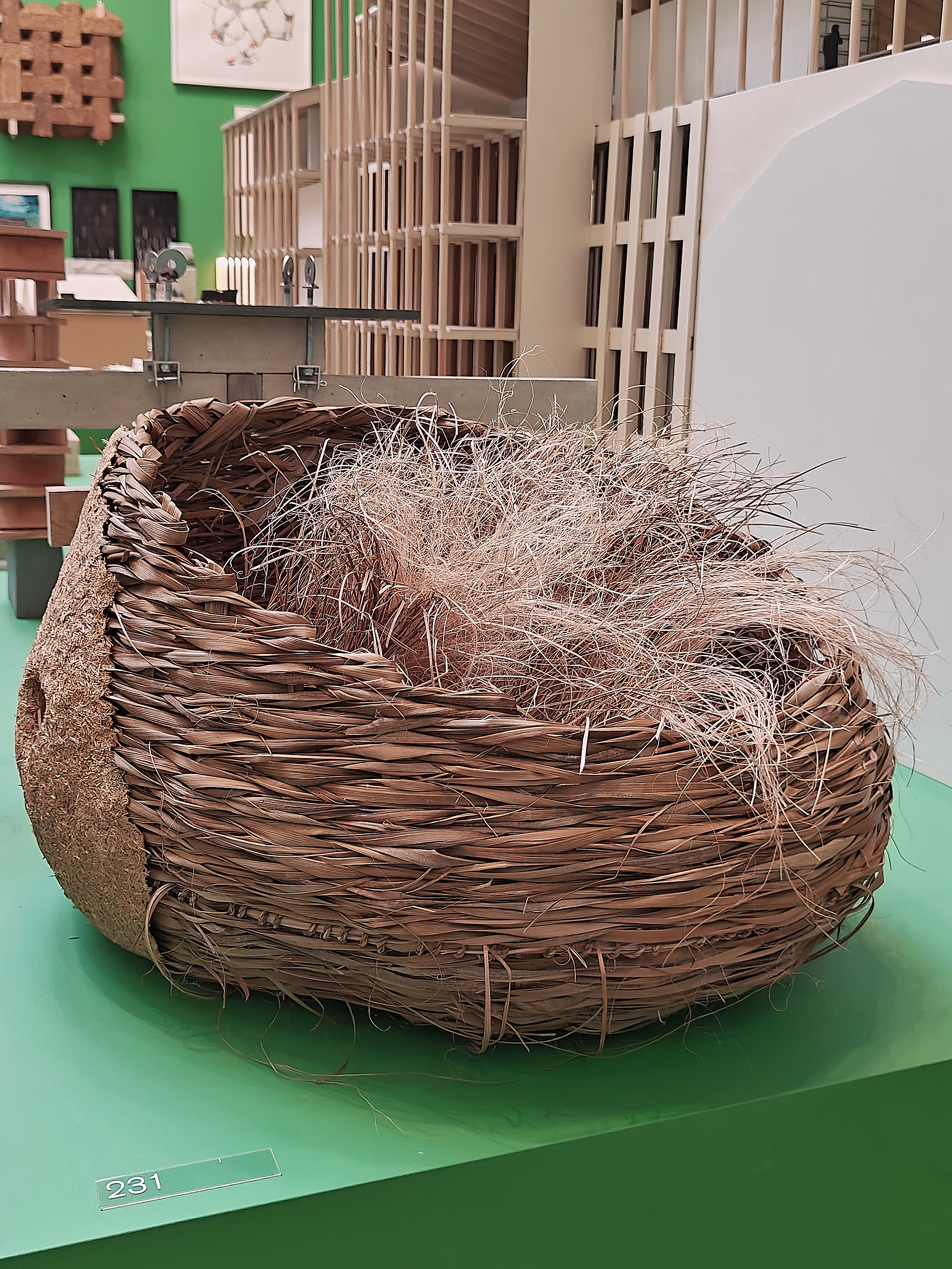
Multispecies
Neighbourhood
Matthew Dalziel & Raphaelle Jones
Straw, clay, lime, and hemp
Matthew Dalziel & Raphaelle Jones
Straw, clay, lime, and hemp

City Study
Peter Barber
Pencil and watercolour
Peter Barber
Pencil and watercolour
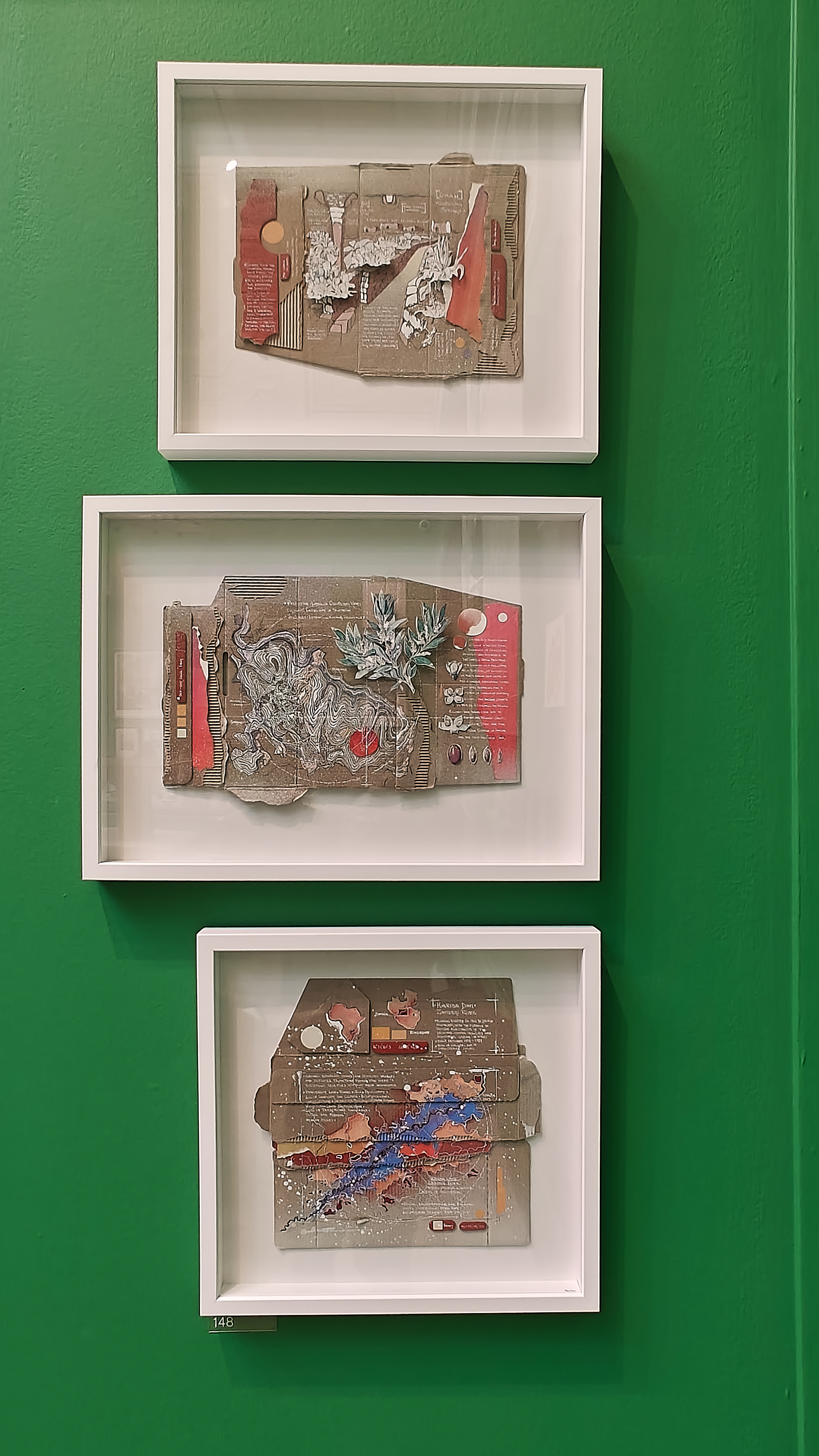
Cultivating
Resilience | Oman | Zambia | Zimbabwe | Palestine (triptych)
Lori Micu
Mixed media: pencil, pen, gouache, and spray paint on cardboard collage
Lori Micu
Mixed media: pencil, pen, gouache, and spray paint on cardboard collage
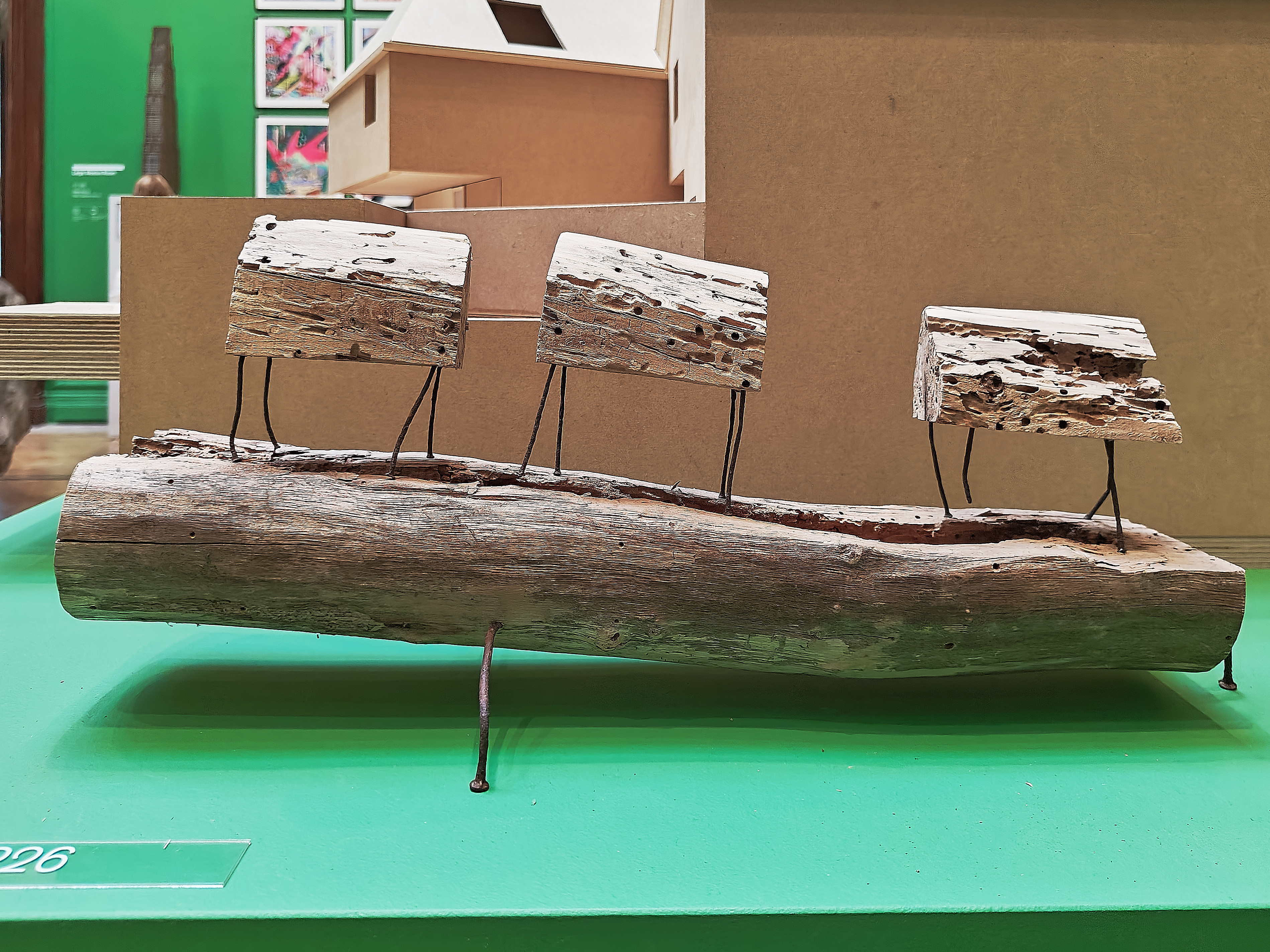
Taking
the Barn for a Walk
Kristina Kotov & Gabor Stark
Reclaimed timber purlin and iron nails from Lithuanian barn
Kristina Kotov & Gabor Stark
Reclaimed timber purlin and iron nails from Lithuanian barn
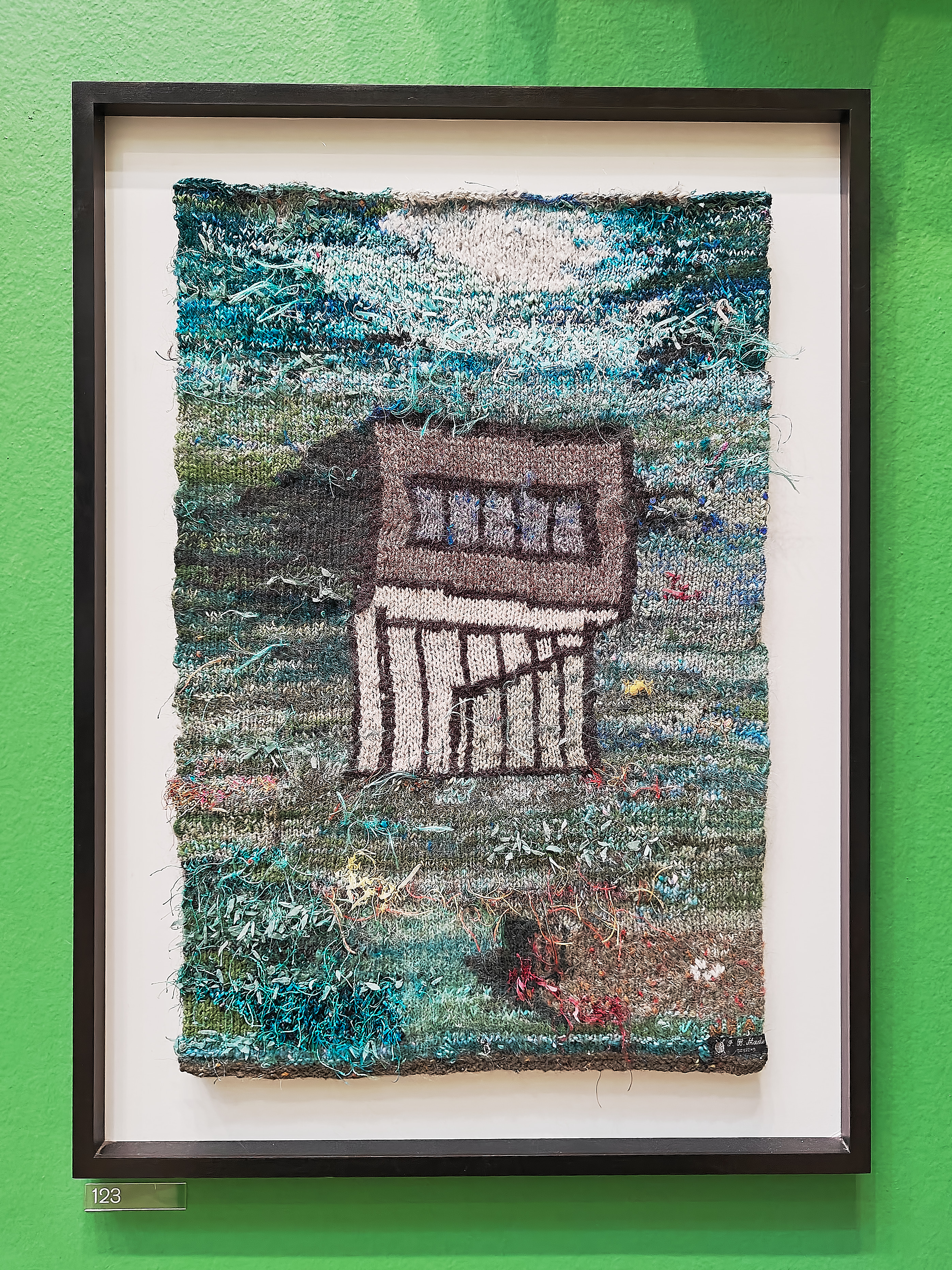
Villa
Caroisla
Nick Baker Architects
Wool
Nick Baker Architects
Wool
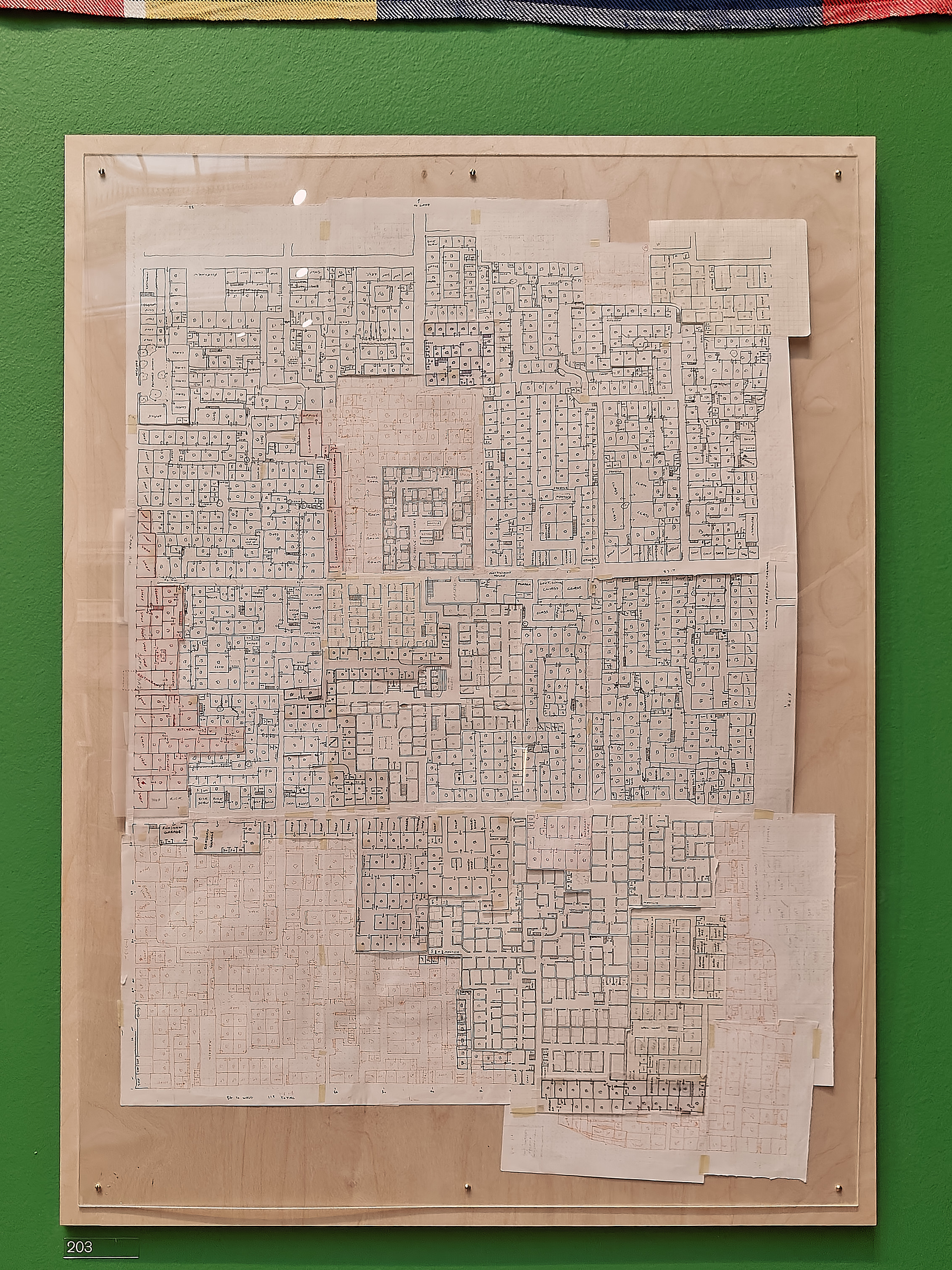
Map
of Korail Bosti, Dhaka, Bangladesh
Angus Taylor
Ink and pencil
Angus Taylor
Ink and pencil
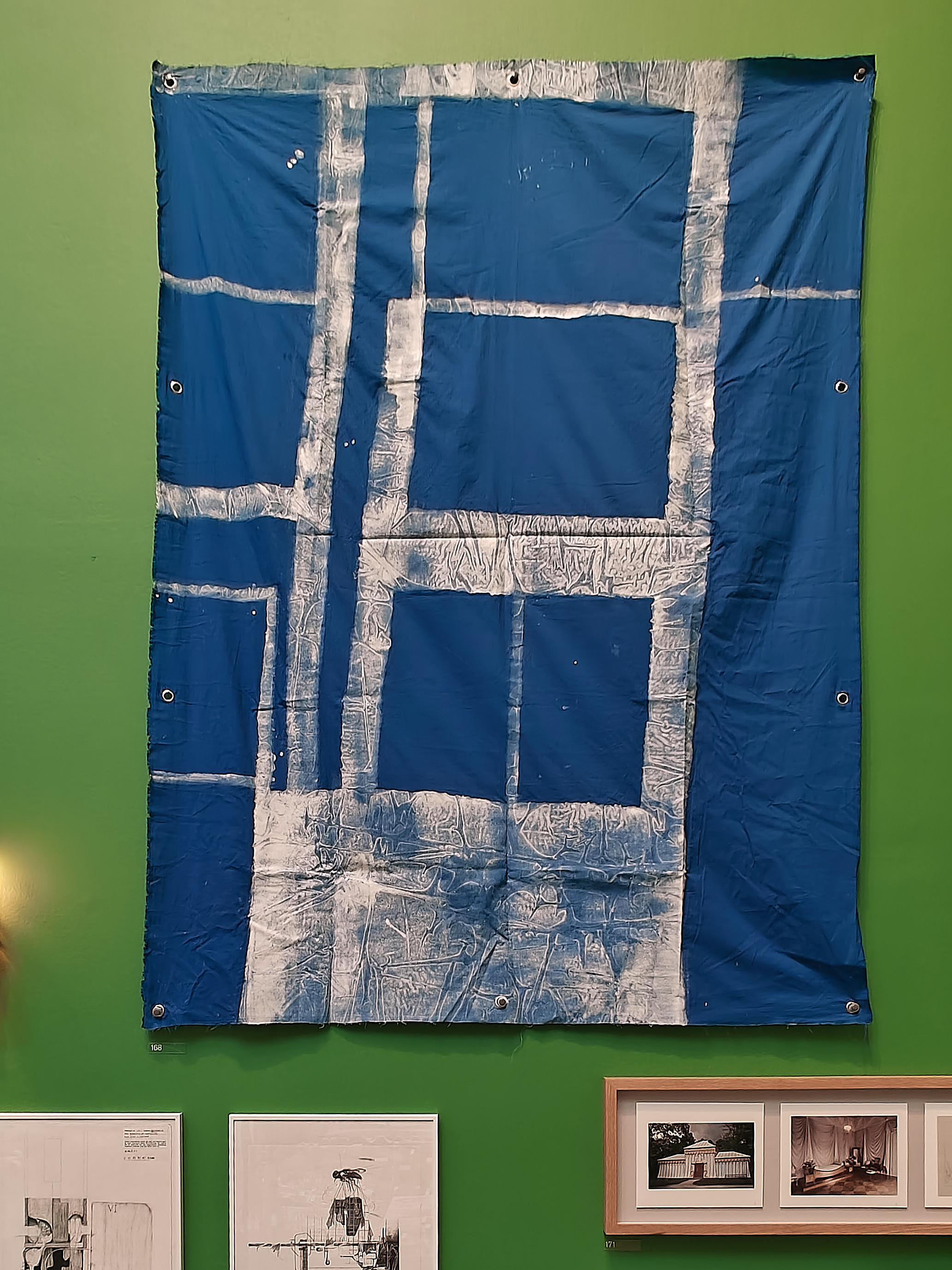
One-to-One
Tracings of Façade Fragments for the Construction of a Temporary Pavilion in
Calarasi (Romania)
Lucia Medina & William Chew
Chalk and white satin paint on fabric
Lucia Medina & William Chew
Chalk and white satin paint on fabric
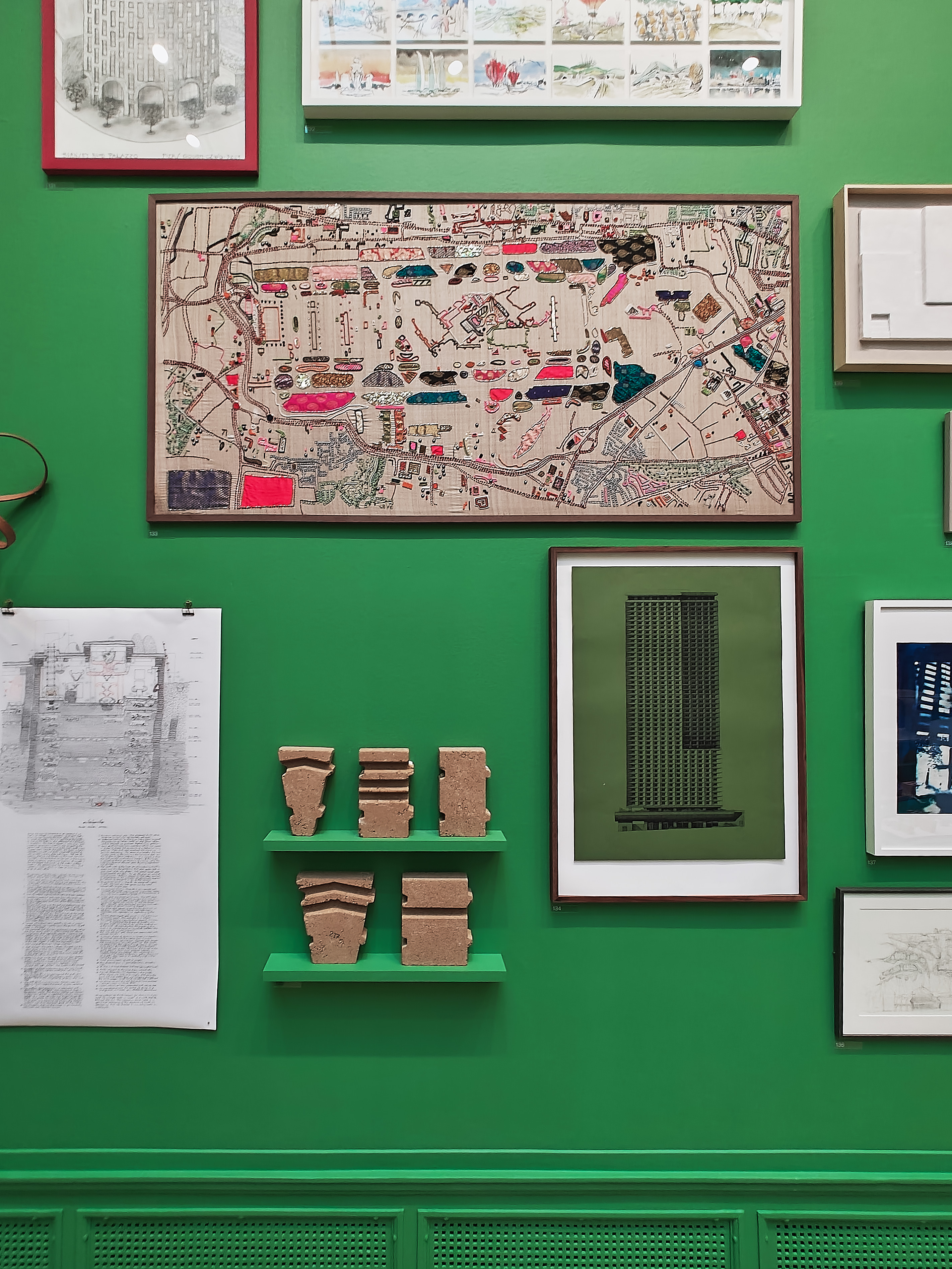
Heathrow
Embroidered
Ben Stringer
Embroidered silk
Ben Stringer
Embroidered silk
Peter Barber worked with Richard Rogers, Will Alsop and Jestico+Whiles prior to establishing his own practice in 1989. He is currently a lecturer and reader in architecture at the University of Westminster.
He has lectured about the work of the Practice at many institutions, including the Royal Institute of British Architects, the Architectural League in New York, and numerous international and domestic university schools of architecture including Helsinki, Pretoria, Ahmedabad, Mumbai, Burma, Munich, Genoa Istanbul and Colombo as well as Oxford University and The Bartlett - University College London.
He has been invited by the Government to lead a discussion on "Designing for Better Public Spaces" with a team of top built environment professionals.
He has been described by The Independent as one of the UK leading urbanists.
www.peterbarberarchitects.com
The Royal Academy of Arts was founded by King George III in 1768. It has a unique position in being
an independent, privately funded institution led by eminent artists and architects whose purpose is to be a clear, strong voice for art and artists. Its public programme promotes the creation, enjoyment and
appreciation of the visual arts through exhibitions, education and debate.
The Royal Academy is an independent charity. It does not receive revenue funding from the government so is reliant upon the support of its visitors, donors, sponsors, patrons and loyal Friends.
.
www.royalacademy.org.uk
www.royalacademy.org.uk
visitThe Royal Academy’s Summer Exhibition runs until 20 August 2023, more details available at:
www.royalacademy.org.uk/exhibition/summer-exhibition-2023
images
All images © Will Jennings
publication date
12 June 2023
tags
Peter Barber, Phyllida Barlow, William Chew, Matthew
Dalziel, Drawing, Raphaelle Jones, Kristina Kotov, Lucia Medina, Lori Micu, Model, Nick Baker
Architects, Anna Russell, Royal Academy, Shedkm, Soft, Gabor Stark, Ben
Stringer, Summer Exhibition, Tapestry, Quilt, Weaving, Webb Yates Engineers
www.royalacademy.org.uk/exhibition/summer-exhibition-2023


